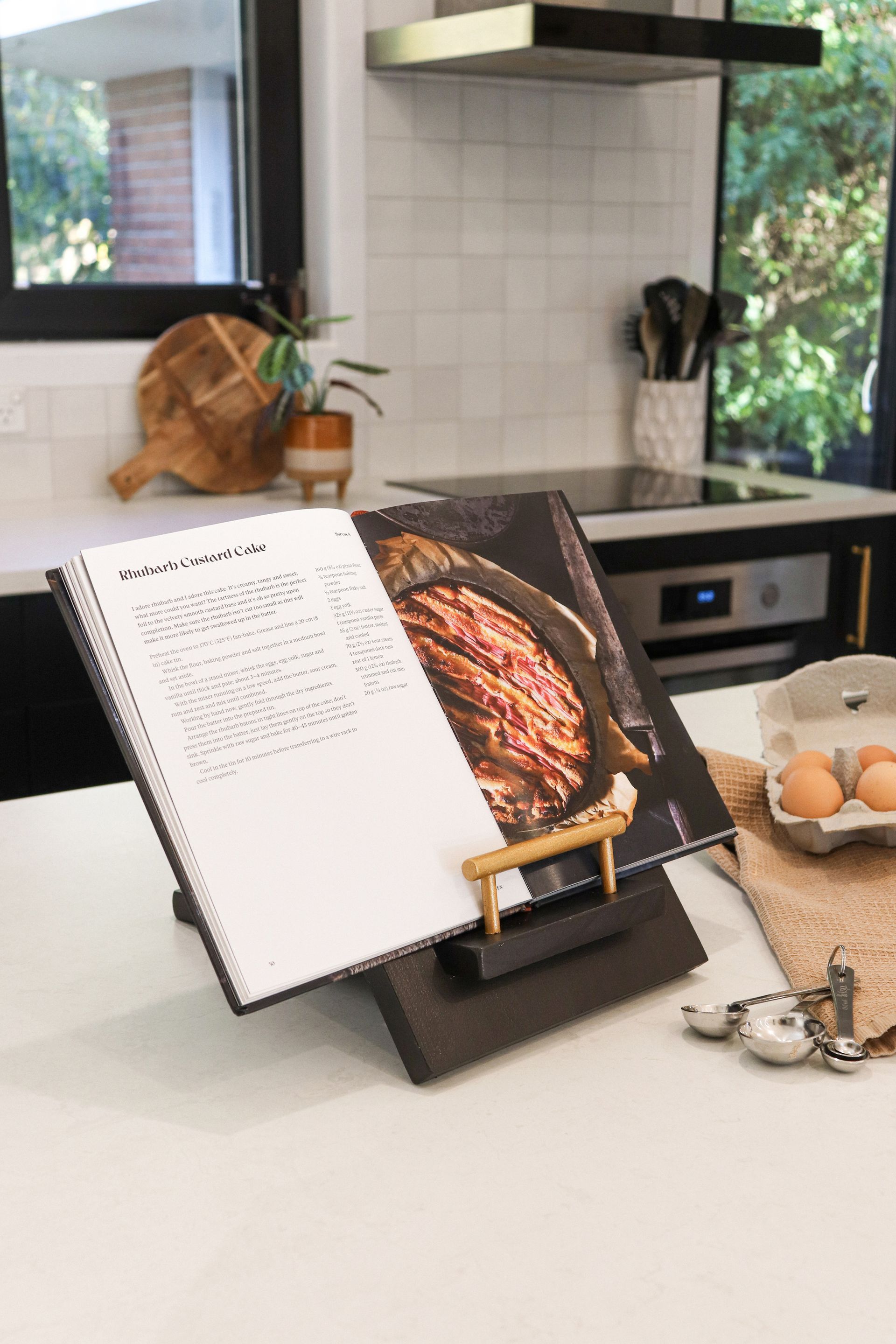They’ve been part of the international sporting landscape for years. However, sports chaplains are a relatively youthful addition to the New Zealand scene, only arriving on our shores in 2011 when international teams brought their chaplains to the Rugby World Cup. Nonetheless, Sports Chaplaincy is a growing service within New Zealand and Reverend Craig Fairhall, sports-mad minister, is making a holistic difference in Canterbury.
While sports chaplaincy is grounded in Christianity, it’s a non-denominational programme that offers pastoral care and mentoring to sporting organisations, from elite to grass-roots level. Irrespective of faith, ethnicity, gender, sexuality or disability, sports chaplaincy is available to everyone. It’s a holistic support service that’s run on a voluntary basis with chaplains acting as first responders. They’re not coaches or managers, sports psychologists or doctors, but rather people who work outside the formal team structure, trained and available to offer support to individuals, teams and the wider sporting communities.
For the minister of Ōtautahi Christchurch’s Opawa Community Church, Craig Fairhall, sports chaplaincy is the perfect combination of pastoral care and sport. Craig has worked within the church ministry for 21 years, initially as a youth pastor before moving into senior ministry and most recently as a Methodist minister. Craig obtained his master’s degree in Theology through the Bible College of New Zealand, an inter-denominational college that doesn’t define his church preference, but rather offers the broader, overarching umbrella of Protestantism. Craig credits this wider approach to theological study as being of immense value in helping shape his ministry.
Craig first came across sports chaplaincy three years ago when he was attending a ‘Gospel n Sport’ conference in Tāmaki Makaurau Auckland and it tweaked his imagination as something to pursue with only one trained sports chaplain in Canterbury at the time. A former hockey player himself, Craig is dad to four sporty children, and he identified the opportunity to provide additional wellbeing and support through sports chaplaincy to Canterbury’s sporting scene.
Craig gained his accreditation in 2020 through Sports Chaplaincy New Zealand. A blended learning experience, it included an online course covering 22 topics and an on-site workshop. Areas of learning were often hard-hitting and covered areas such as pastoral care, wellbeing and suicide awareness. Acceptance into the programme is only achieved following a successful interview process and due diligence is carried out on the graduates, including police vetting and church endorsement. More than just people of faith who wish to serve, consideration and acceptance into the programme is also made around whether they are likely to be welcomed into their sporting communities.
For Craig, his pathway into Canterbury’s sporting community has come through the Canterbury Hockey Association. An avid supporter of the Southern United Club and long-time junior coach, Craig initially connected with the club, asking, ‘Do you want to do something around the wellbeing space?’ He also entered into conversations with the CEO of Canterbury Hockey, Shane Maddaford, and, following approval at board level, Craig was officially appointed as the inaugural sports chaplain for Canterbury Hockey, beginning in March this year. He has a regular column in the fortnightly newsletter, Hockey Hitz, where it’s quickly apparent Craig’s goal is to offer support, not preach. In fact, Craig says, ‘It’s not overtly out-there preaching. We are a chaplain to all people of all faiths. Race, religion and gender is irrelevant.’
Instead, Craig views his sports chaplaincy role as one that can alleviate some of the pressure sportspeople find themselves under. He has worked with young sports teams across various codes around issues of bereavement and grief, while other teams have come to him following horrific on-field medical events. He’s particularly interested in the prevention of suicide, having a personal connection with a sportsperson who took their own life. Craig is passionate when he says, ‘We don’t want people to fall over from the pressures of sport,’ and focuses on identity. ‘My job is to help people understand there are thousands of young people who try to make sport their life but your sport is just a part of who you are.’
To this end, Craig works to serve the sporting community. He might work with troubled players, disappointed players, or coaches seeking advice about guiding players and teams through tough times. It’s about compassion, confidentiality, relationships and presence. Importantly, it’s a permission-led service. Backed by years as a minister, Craig has learnt to ‘go in with listening ears, ask active questions and make referrals to professional agencies when needed’.
For Craig, sport shouldn’t be your definition. It should bring enjoyment and add value to your life, but it should not dominate and define you.
Recent stories




